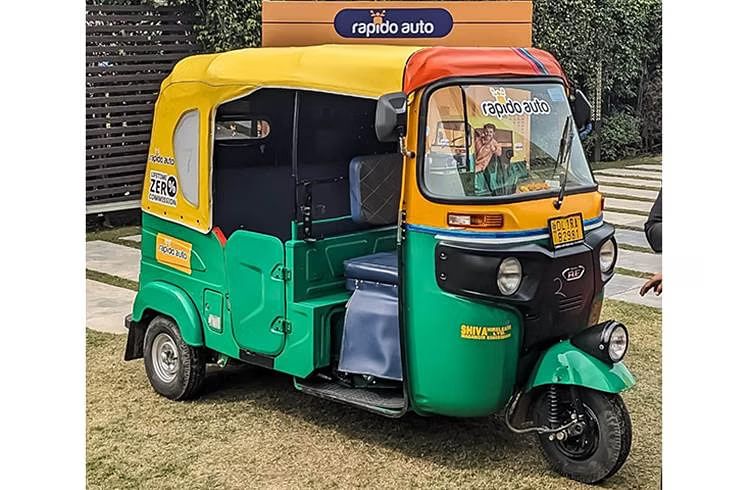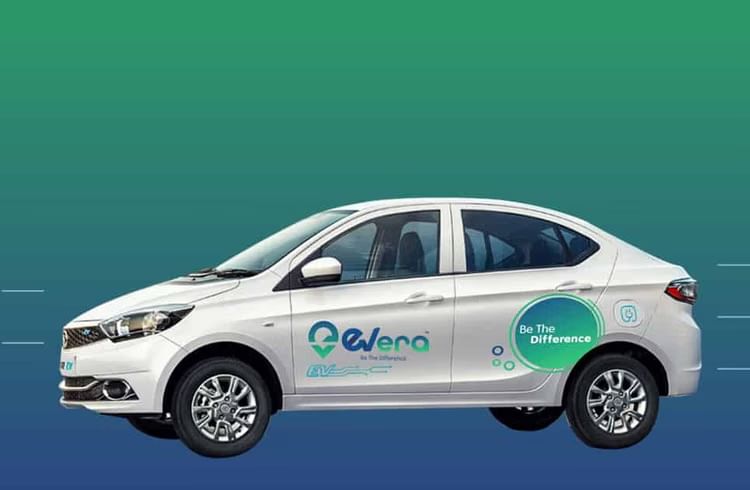The Maharashtra government has released the draft Maharashtra Motor Vehicle Aggregator Rules, 2025, introducing a comprehensive regulatory framework for app-based cab and e-rickshaw operators such as Ola, Uber and Rapido. Issued under Sections 73, 74 and 93 of the Motor Vehicles Act, 1988, the proposed rules aim to bring transparency, uniformity and accountability to the rapidly growing ride-hailing sector. The state of Maharashtra has invited objections and suggestions from stakeholders until October 17, after which the rules will be finalised and implemented.
Surge pricing proposed to be capped at 1.5 times
To ensure fare transparency and prevent erratic pricing, the draft caps surge fares at 1.5 times the base fare fixed by the Regional Transport Authority (RTA) and bars cab operators from charging less than 75 percent of that fare during low-demand hours. The convenience fee charged to riders cannot exceed five percent of the base fare, while the total deduction, including the platform’s commission, has been limited to 10 percent.
Also read: New FASTag rules announced
New license fee structure proposed under draft rules
Under the new structure, all aggregators will be required to obtain operating licences from either the State Transport Authority (STA) or the RTA, depending on their area of operation. The licence fee has been set at Rs 10 lakh for statewide operations and Rs 2 lakh per district, with renewal charges of Rs 25,000 and Rs 5,000 respectively. Aggregators will also need to furnish a security deposit that varies by fleet size—Rs 10 lakh for up to 1,000 vehicles or 100 buses, Rs 25 lakh for up to 10,000 vehicles or 1,000 buses, and Rs 50 lakh for larger fleets. Each licence will remain valid for five years. The new framework will cover all passenger motor vehicles, including e-rickshaws, motor cabs and tourist buses, while bike-taxi operators will continue to be governed under the separate Maharashtra Bike Taxi Rules, 2025.

How will the passengers benefit?
For passengers, the rules mandate that aggregator apps function in Marathi, Hindi and English, and include features such as real-time ride tracking, location sharing, and accessibility options for persons with disabilities. In a major step aimed at reducing trip refusals, drivers will no longer be able to see passengers’ destinations before accepting rides. The state government has said the move is aimed at making app-based travel more transparent, reliable and safer for both passengers and drivers. Officials added that the 2025 draft framework has been modelled on the Centre’s 2020 Aggregator Guidelines and will make Maharashtra one of the first states in the country to comprehensively regulate digital mobility services through its own set of state-specific rules.
What’s in there for drivers?
The draft rules also include detailed provisions for driver welfare and safety. Drivers will be permitted to remain logged into the platform for a maximum of 12 hours per day, after which they must take a mandatory 10-hour rest before resuming duty. Every new driver will be required to undergo a 30-hour training programme covering road safety, digital literacy and service behaviour. Drivers whose ratings fall below two stars out of five will be temporarily suspended and required to undergo retraining before being reinstated on the platform. Each trip will include an optional Rs 5-lakh passenger insurance cover, and vehicles older than nine years in the case of autos and cabs or eight years in the case of buses will not be permitted to operate on aggregator platforms